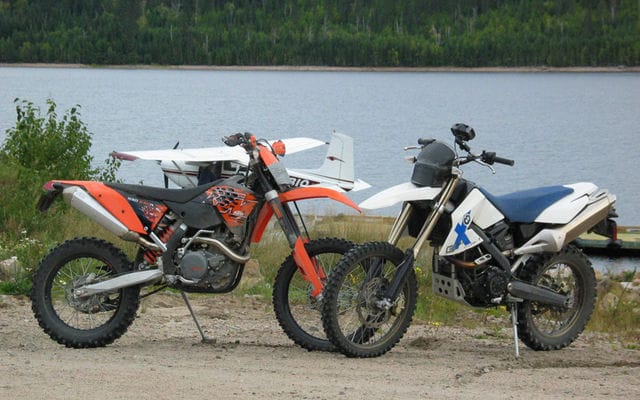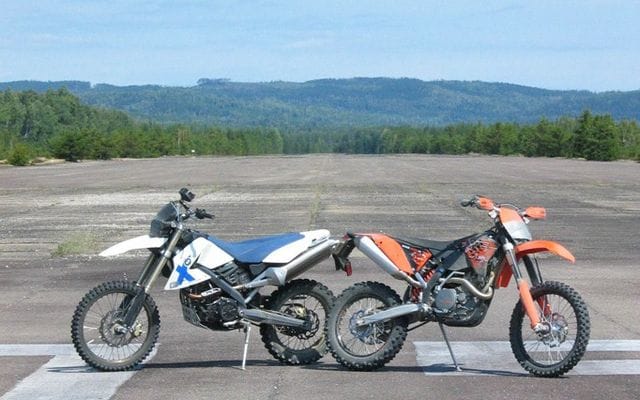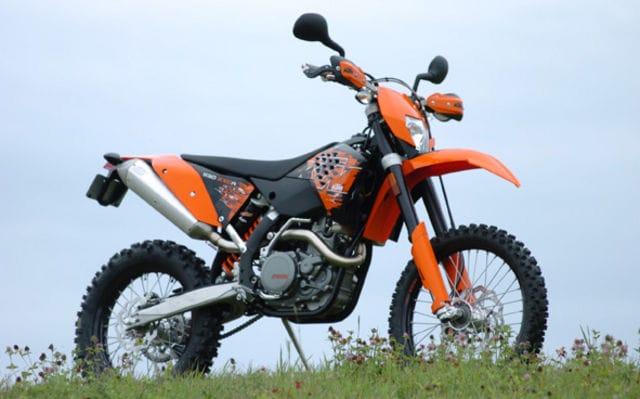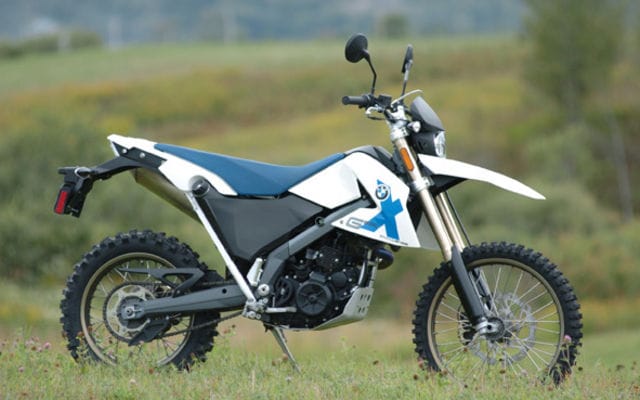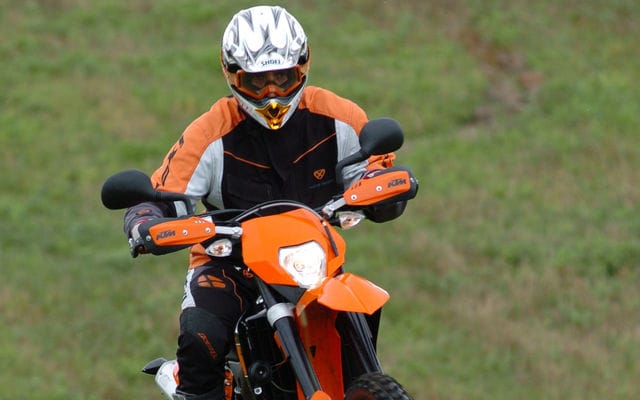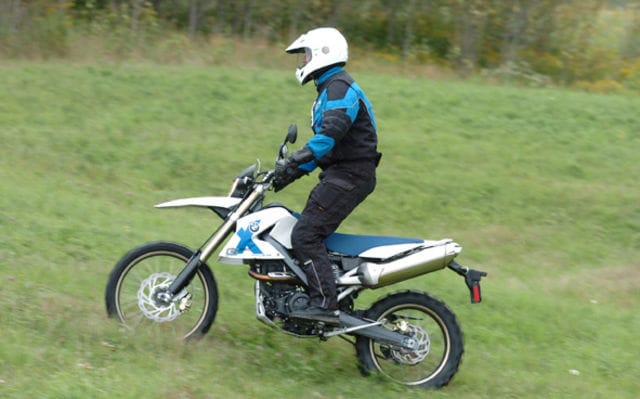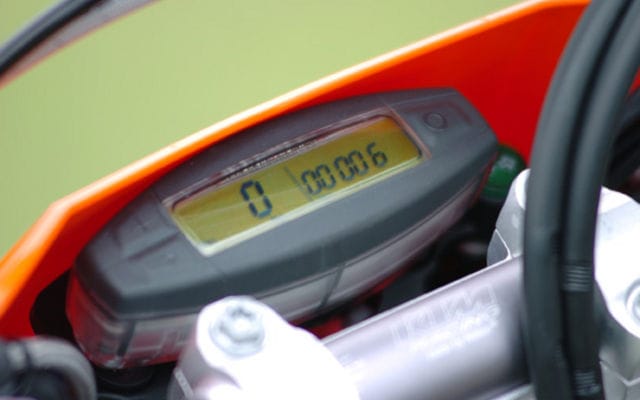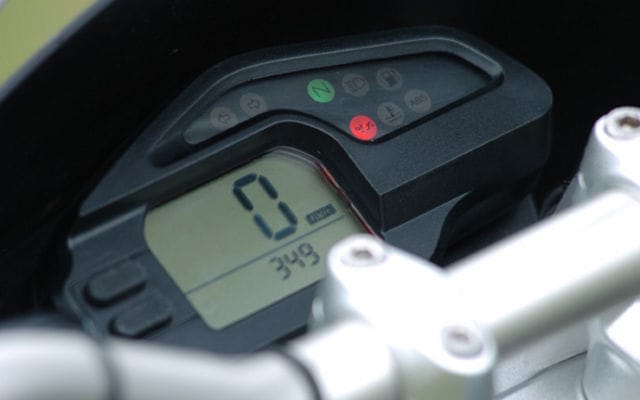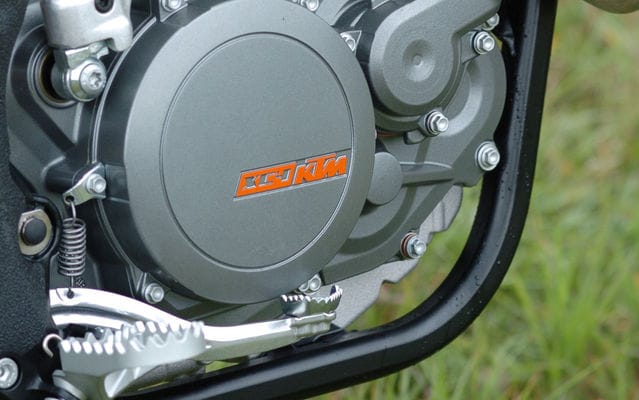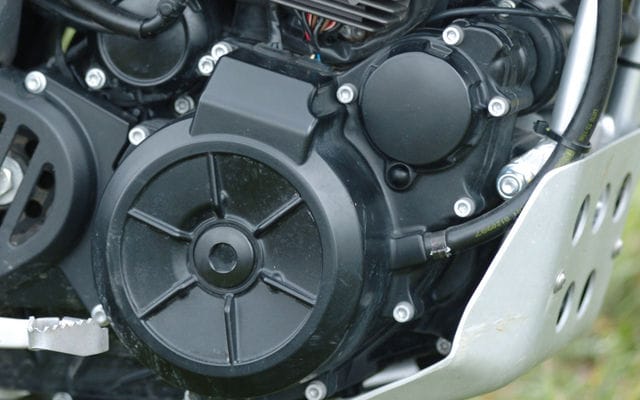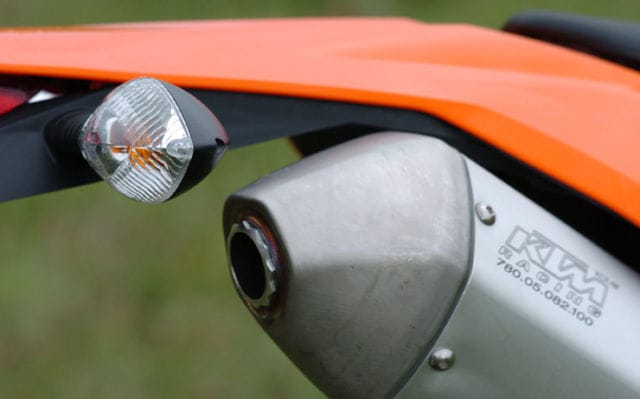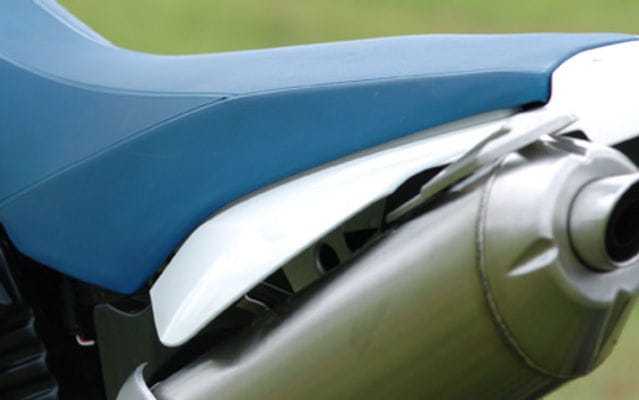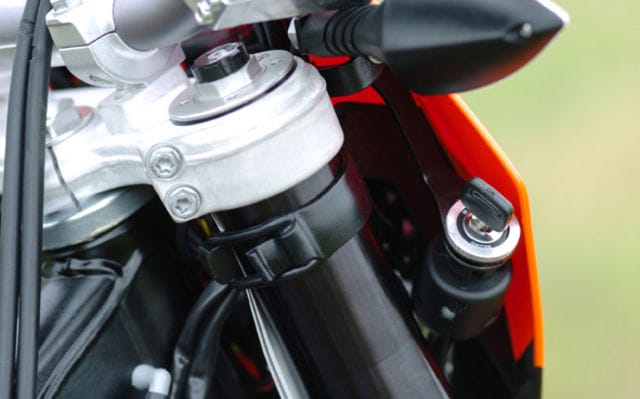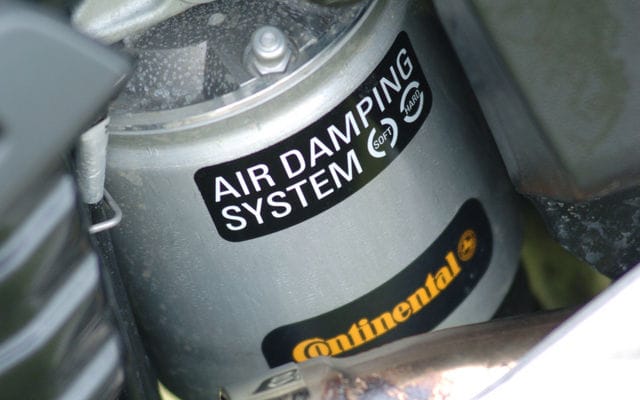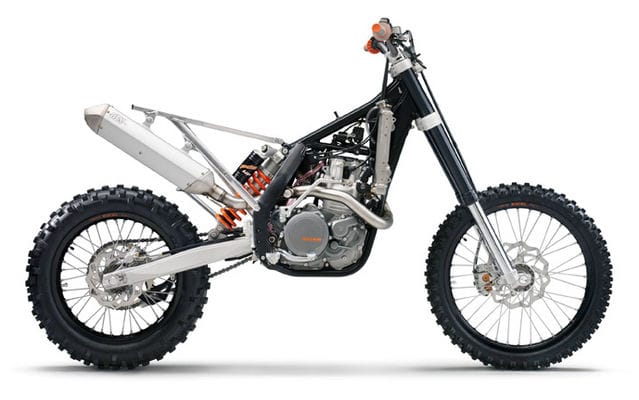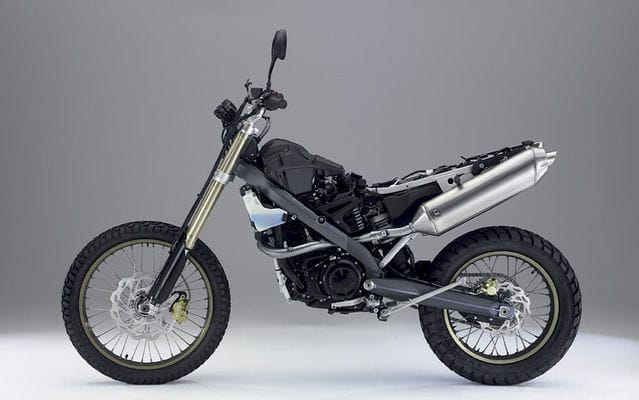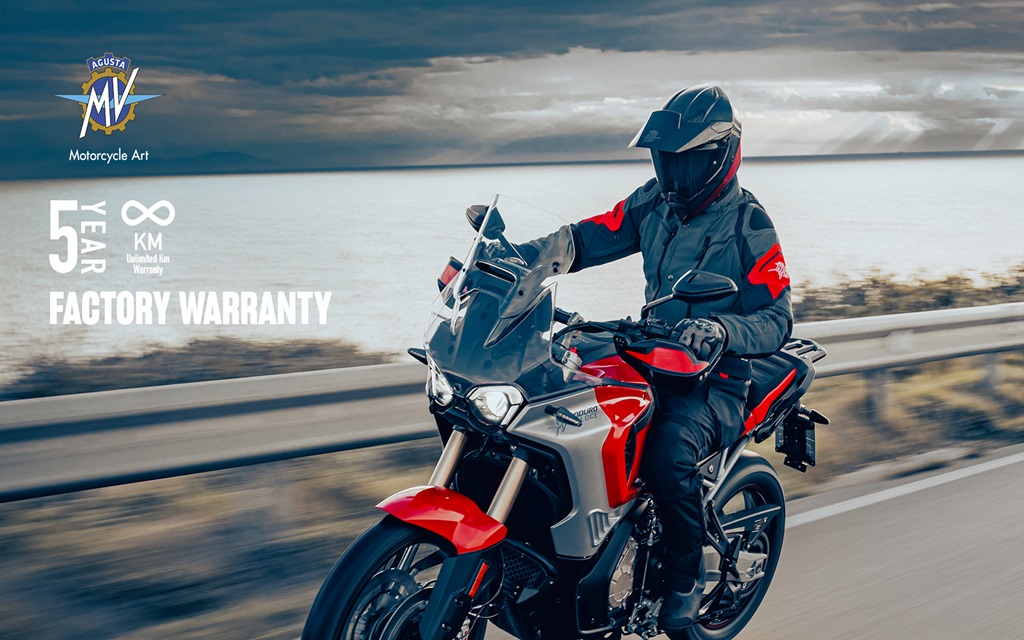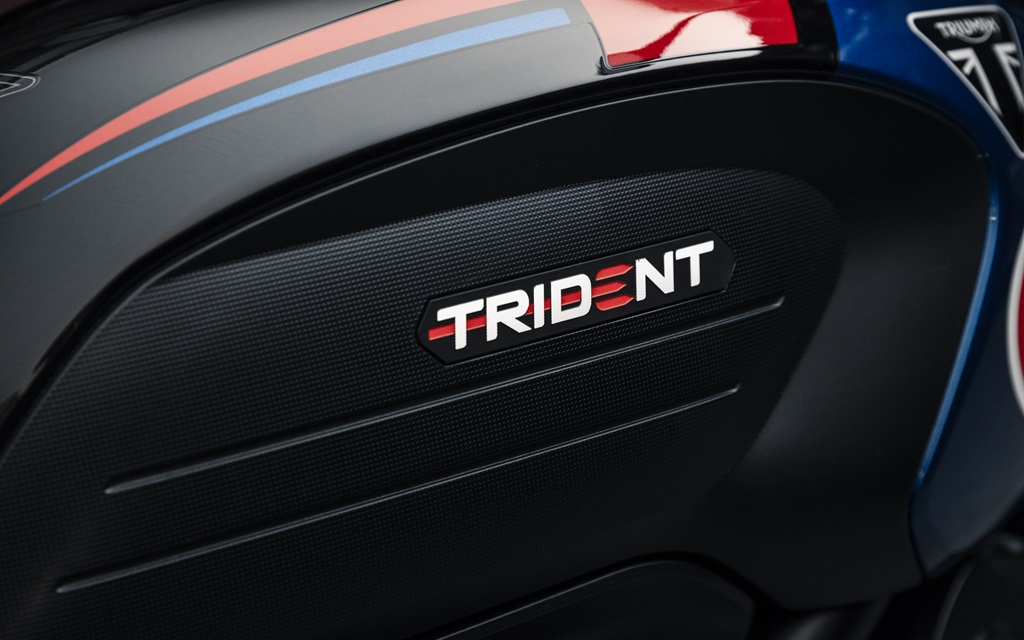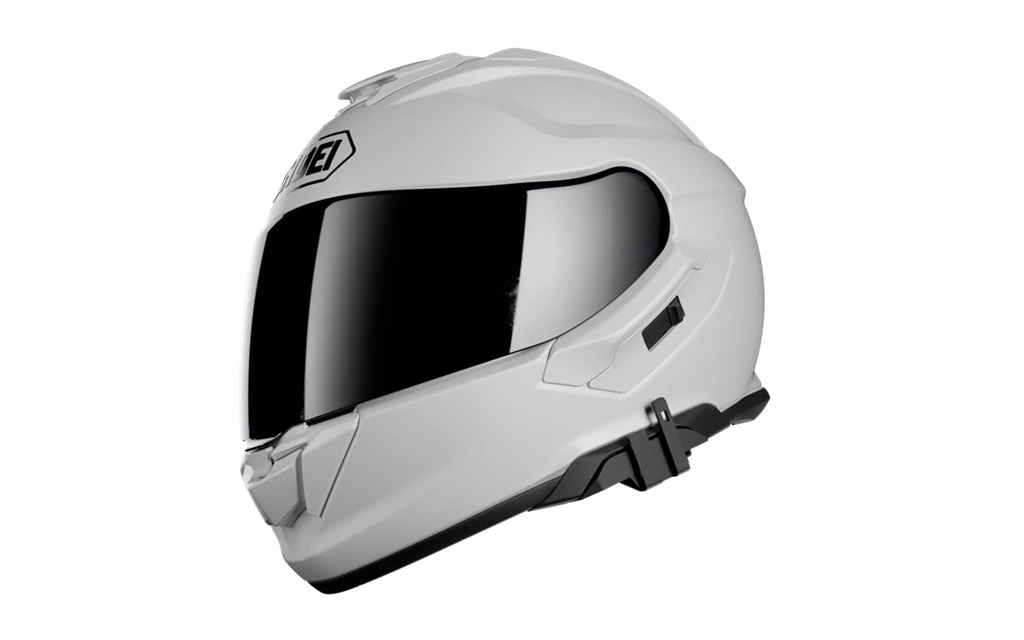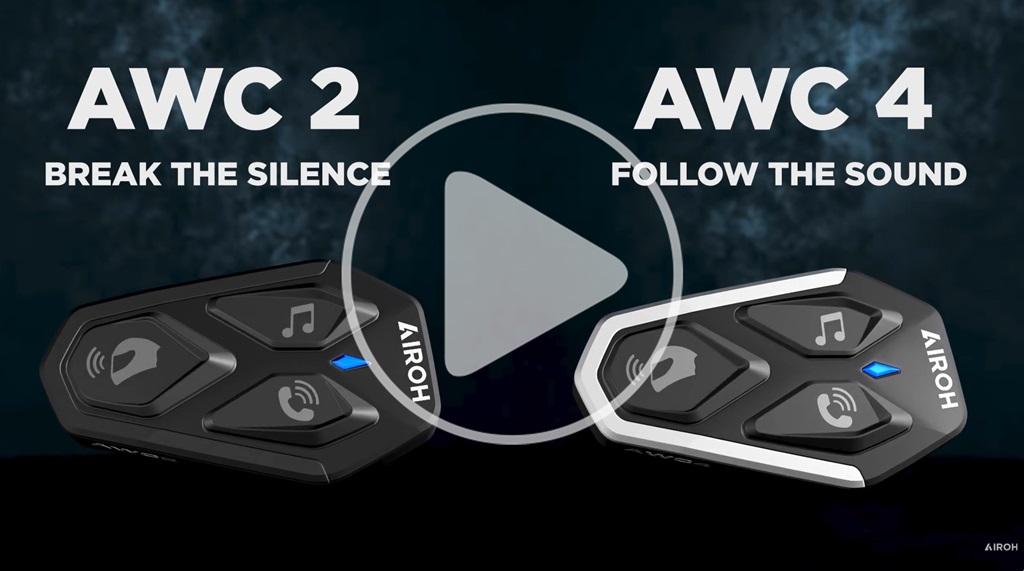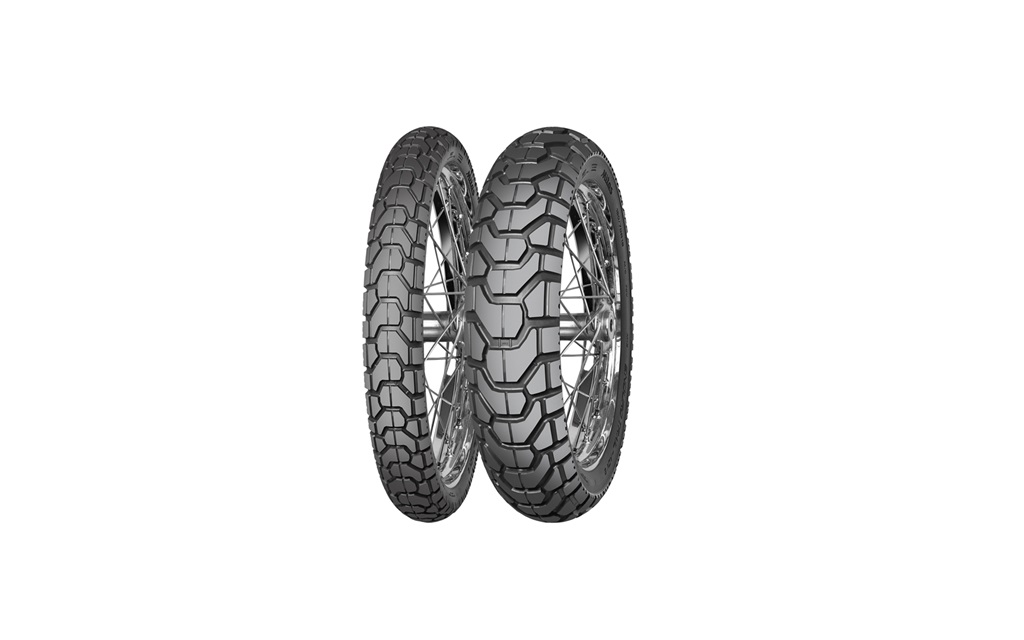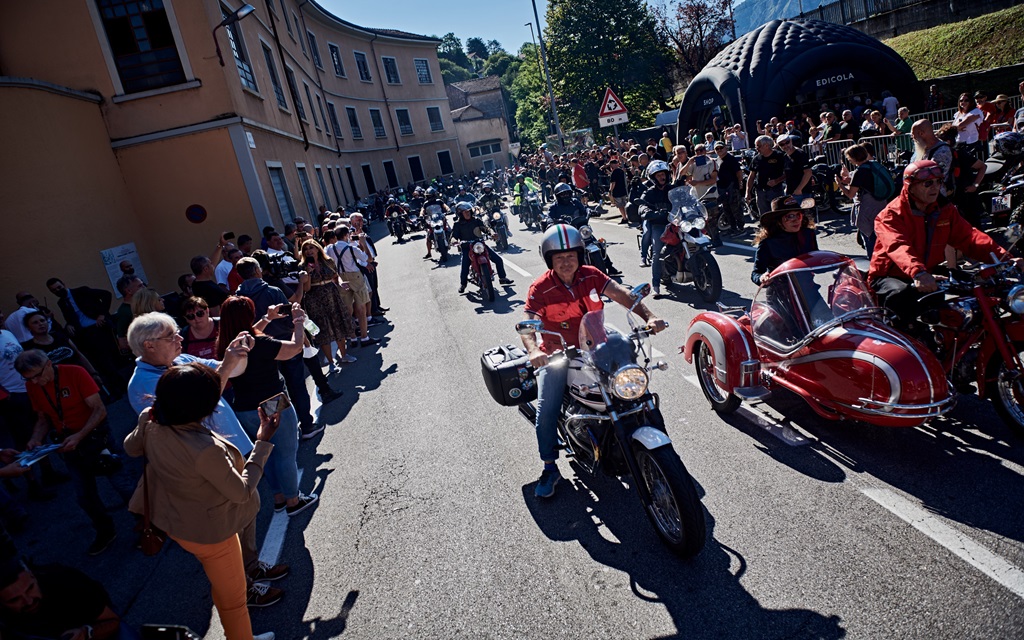BMW and KTM, openly treading on each other’s turf, introduce dual-sport models that represent each manufacturer’s different approach to the genre.
Despite a long-time lack of offerings in the class, dual-sports are becoming increasingly popular. Some of the most popular class-defining machines have been around, mostly unchanged, for more than a decade, while -others are purely entry-level playbikes with turn signals. Dual-sport riding clubs and companies offering guided adventure tours are springing up across the country, yet the serious dual-sport rider has had little choice in high-performance street-legal dirt-slingers, many riders converting off-road-only models for occasional pavement duty. Unfortunately, provincial governments are clamping down on these converted bikes, forcefully pulling them off the road by revoking license plates.
Dual-sport riders can now ride to trailheads without checking the rear-view mirror for flashing red and blues, as more manufacturers introduce new models with improved off-road capability. BMW’s G650X Challenge and KTM’s 530 EXC-R are worthy off-roaders with lights and license plates.
The $9,890 Challenge is one of three 652 cc single-cylinder models BMW introduced last year. The bikes were developed as part of BMW’s aggressive campaign to entice new, younger customers to the brand. Its 100 x 83 mm Rotax-built liquid-cooled engine produces a very respectable 53 hp at 7,000 rpm and a muscular 44.2 lb-ft of torque at 5,250 rpm. Electronic fuel injection sets it apart from the majority of bikes in the category, and allows it to perform well in a wider range of temperatures, as well as at higher elevations.
G-series BMWs were designed in collaboration with Aprilia and are manufactured in Aprilia’s Scorzè plant in northern Italy, with engines coming from Austrian engine-maker Rotax. Frame -construction incorporates a steel main section with bolt-on aluminum castings and a forged aluminum subframe. A Marzocchi 45 mm inverted fork is adjustable for compression and rebound damping, and at the rear is BMW’s unique and highly functional Air Damping System. The air-spring/damper unit was introduced on the HP2 Enduro and uses air for both spring and damping duties. An easily accessible Schrader valve and sight level permit easy adjustment of spring -preload (an air pump/gauge is included) and a dial on the shock body adjusts damping. Our test bike was delivered with stock Metzeler Sahara dual-sport tires, which have a tread design better suited to street and light-hearted dirt riding. We installed a set of Michelin Baja DOT knobbies to better match the stock Metzeler Six Days Extreme tires on the KTM.
Seating is more accommodating on the Challenge, despite a seat one tester claimed was “like sitting on a two-by-four set on its edge.” Well, if that’s the case, the KTM’s seat is like sitting on a plywood sheet—set on its edge. The KTM’s ergonomics are also more compact, better suiting smaller riders, especially while standing. Both bikes have tall seat heights (930 mm for the G650, 925 mm for the EXC), though the BMW squats more when laden, making it more manageable.
At 144 kg (317 lb) dry the Challenge undercuts its air-cooled contemporaries from Honda and Suzuki by 3 kg, and is about as seriously off-road oriented as a dual-sport has come to date — at least that’s what we deduced until we slung a leg over KTM’s $10,198 530 EXC-R.
The Austrian company has roots deep in off-road racing, but instead of transferring race technology onto a road-going model like most manufacturers do, KTM reversed the flow by transferring street technology onto a race bike — namely turn signals and mirrors. The lightest-in-class (114 kg/251 lb dry) EXC-R isn’t based on an enduro competition machine — it is one, only with a quieter exhaust. Its chromemoly frame is upgraded from the 2007 525 EXC-R model with larger diameter tubing, providing a more rigid chassis. The WP 48 mm inverted fork adds spring preload adjustability to compression and rebound damping adjustment, and tripleclamps feature adjustable offset so trail can be altered.
The single rear shock is adjustable for preload, rebound and high and low-speed compression damping. This machine was clearly designed for the advanced off-road rider, or more accurately, racer.
Although no horsepower claim is available for the KTM, its 510 cc EC4 liquid-cooled power-plant feels at least as strong as the BMW’s, though power delivery from the shorter stroke engine (95 x 72 mm bore and stroke) is quite different, and redline is much higher at 10,000 rpm (7,500 rpm for the Challenge). The carbureted mill needs choke upon start up, as well as some warm-up time before being ridden away, but once warm, throttle response is instantaneous, the engine snapping to life when the throttle is blipped. It needs more revs than the BMW before it hits its sweet spot, with a strong rush through midrange, but power flattening out at higher rpm. It feels like the engine gets choked up high by a muffler that meets emissions and noise standards, yet lacks the proper volume to allow the engine to breathe properly when approaching redline. This somewhat narrow powerband requires frequent rowing through the EXC’s six-speeds, though gears change with a very light touch at the shifter.
The Challenge on the other hand builds revs slower, pulling with force from down low and building power in a linear, and very BMW-like manner to redline. One look at its acetylene-bottle-sized muffler gives credibility to the muffler volume versus engine breathing argument. Because of its broader powerband, the BMW gets by on just five widely spaced gear ratios. Gearshift action is a touch clunky with a longish lever throw, though effort is light. Overall gearing is tall, and well suited for the street, but off-road, fifth gear was used only on the longer gravel-road stretches.
Unless you race (and you can on the EXC-R) and must fiddle with jetting, the G650’s fuel injection is a big improvement over the KTM’s carburetor, and not just in terms of reduced warm-up time. Conditions over our three-day test period were very dusty, eventually clogging air filters. By the third day the BMW’s power output decreased without any noticeable effects in throttle response, while the KTM developed a reluctance to accept wide-open throttle. The EFI system compensated for the reduced air intake caused by the contaminated air filter, whereas the KTM ran overly rich—but at least it gave warning of a problem.
Another EFI perk is reduced fuel consumption. Ridden mostly off-road, the Challenge managed an average 4.5 L/100 km (64 mpg, a figure we matched with the road-only G650X Moto), while the EXC-R consumed 5.9 L/100 km (49 mpg). This difference in fuel consumption was reflected in each bike’s fuel range, the BMW good for about 200 km between fill-ups (9.5-litre capacity), the KTM good for about 150 km (9 litres).
Unless you spin the KTM’s engine to near redline, vibration is more pronounced on the BMW. Both engines have counterbalancers, but the BMW shakes more at cruising speeds despite revving lower, with vibes increasing in intensity as revs build, though our Challenge test bike doesn’t vibrate as much as the G650X Moto we tested last season (Cycle Canada Sept/Oct 2007).
Suspension is also much more compliant on the Challenge than on the supermoto G model. The normal procedure for adjusting static rear sag does not apply to the Challenge, for once it is properly set with a rider on board, unladen the rear suspension tops out. Once dialled in, both ends soak bumps with cushiony softness, while providing enough bump resistance to prevent bottoming off jumps or when riding over unseen rocks or hidden stumps. On well-travelled gravel roads, washboard ripples pass beneath the bike nearly unnoticed. Despite the plush ride, its suspension is responsive enough to handle a hot pace in rough trails, absorbing rapidly approaching bumps without upsetting the chassis. The bike doesn’t steer with the sharpness of a motocrosser, but it does manage winding trails with a level of competence matching or exceeding anything else in the class.
High-speed stability over loose surfaces is exemplary, while the bike changes direction quickly enough that you won’t need a spotter to warn of oncoming obstacles. The Michelins we installed certainly contribute to the BMW’s off-road capability, and anyone planning a real off-road excursion away from gravel roads should consider installing a set. The trade-off, however, is reduced on-road performance, as they slow steering response, reduce front-end feedback and increase vibration.
Aside from its aggressive race-bike styling, the 530 EXC-R immediately reveals its racing background once on the move. Even with suspension settings set at minimum, response is harsh. The bike feels like it’s riding on its toes at a modest trail-riding pace, barely using half of its suspension travel, tossing its rider about and causing arm pump. Casual trail riders will be extremely disappointed with this bike. However, pick up the pace — way up — and the EXC-R reveals its true (KTM Racing orange) colours.
At a blistering pace, the bike glides over rough terrain with the poise of a ballerina pumped up on steroids. Its firm suspension works well when it’s working hard. Steering precision at speed is uncanny; a slight tug at the bars and a nudge on the tank with the knee instantly changing the bike’s trajectory to avoid obstacles or bounce off berms. If you hit a big rock on the EXC-R, it’s because you didn’t see it. A drawback of this steering quickness is nervous high-speed handling. On faster, open gravel roads the handlebar constantly shakes to-and-fro, and the bike occasionally gets out of shape at speeds above 100 km/h, sometimes swinging rather alarmingly from side to side, especially when riding over soft ridges formed by car tires. Sitting towards the rear of the bike provides some stability, but it comes nowhere near the G650’s unwavering ride. A Scotts-type steering stabilizer would be a wise investment. Washboard roads are painful on the EXC-R, each ripple sending a shockwave up the fork and rattling forearms. Suspension compliance improved after about 500 km (the bike was new on delivery), but remained uncomfortably firm throughout the test.
Although limited, our street testing immediately revealed each machine’s different focus. The BMW Challenge accommodates with its plush suspension, better street tires (the stock Metzelers) and stronger brakes, though its hard seat inhibits long distance comfort. The KTM EXC-R made even short rides a chore, its stiff suspension feeling harsh over broken, pockmarked pavement and exacerbating pain inflicted by its narrow, hard seat—and if most of your riding is done around town, you’ll need different tires.
Dual-sport riders can celebrate the arrival of both these machines, as they open up the segment to newfound performance. Choosing between either of these bikes, or one of the existing big-bore dual-sports should be quite easy. Opt for Honda’s XR650L or Suzuki’s DR650SE, and you’ll be settling for dated, heavier and slower bikes with budget suspension components, but you’ll save a lot of money.
The 530 EXC-R is the choice for the ready to race off-roader, who would otherwise convert a WR or CRF for the road, and go through a complicated, but not always legal licensing procedure. KTM has taken care of this for you. EXC-R riders are also prepared to make necessary adjustments to the suspension, including changing spring rates and re-valving damping, to suit their riding styles, as a racer would on a race bike, and jetting can be altered.
BMW’s G650X Challenge suits a wider range of riding styles, from advanced beginner to expert, and is ready to ride as is; it makes a much better street bike than even the G650X Moto (at least the stratospheric seat height is justifiable on the Challenge), and unless you plan on being the next David Knight, it’s the more sensible choice. The trails await.
From the saddle:
Talk about your different flavours. The 530 EXC-R is ready to race right out of its shipping crate, as KTM’s ad slogan says. It’s the first bike I’ve ridden that truly meets that goal; it’s a no-compromise race bike you can legally ride on the street. If you trail ride like you’re taking part in a national Hare Scrambles — flat-out and up on the pegs all the time — this is your machine. The BMW is a notch below the KTM in off-road performance, requiring more work to ride at near race pace. It’s a bit heavier and a bit slower, but for me it was much more fun to ride. It’s a much more forgiving bike for everyday riding, making it the one I’d pick.
—Jim Gibb
Exploiting the 530 EXC-R’s potential required a level of concentration and skill that I could only muster for limited periods of time. During those short blasts through the woods, I was amazed at the bike’s steering precision and agility; it was easy to imagine myself as a world-class enduro rider — I said imagine. The rest of the time I imagined myself getting a full-body massage; I fought the bike and the bike won. For my riding skill, the Challenge was much less challenging, and more representative of what the dual-sport class is about: good performance both on and off the road, making it the sensible choice for most riders. Of course, I’ve since sampled the new KTM 690 Enduro; let’s just say my wallet will be getting considerably lighter this summer.
—Costa Mouzouris
Photos: Neil Graham and Costa Mouzouris
